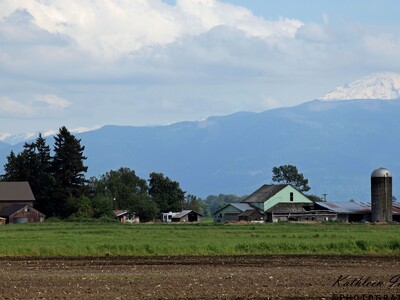Wheat acreage decline
Mark Jekanowski, Chairman of USDA's Outlook Board, saying there are several reasons why U.S. wheat acreage continues to decline. U.S. wheat faces some market challenges because of ample global supplies.Even though U.S. wheat growers will likely bring in the crop four percent smaller than this past year, those growers are still likely to see a cut in average prices because…
“They're driven heavily by international supplies.”
And USDA's Outlook Board Chairman Mark Jekanowski told us world wheat supplies are likely to be about two percent larger this year than last. This is a smaller rate of growth than had been projected a month ago.
“But certainly the market has been under some pressure for some time just because the larger supplies coming out of Russia and Ukraine have been weighing on prices a bit. Even with the cut in production that we made at the global level, supplies are still very abundant.”
And so USDA has cut its all wheat price forecast. Originally, the average price was expected to be 460 a bushel, which would have been two cents higher than this past marketing year. But the new projected wheat price 450 is eight cents less than this past year.
“It's been a long term trend that's been going on for 50 years or so. The decline in acreage as U.S. farmers tend to focus more on other crops, corn and soybeans. And so as varieties improve they can move into areas that previously had been more focused on wheat, like up into the Dakotas and whatnot. These other crops have just proven to be more competitive and more profitable for us.

















